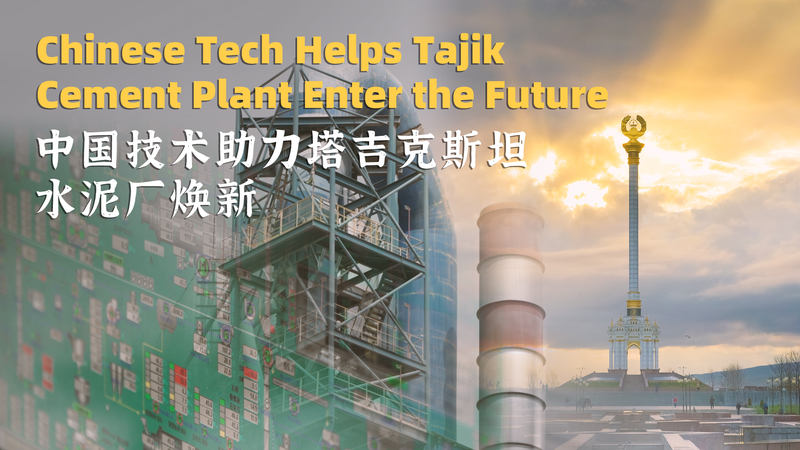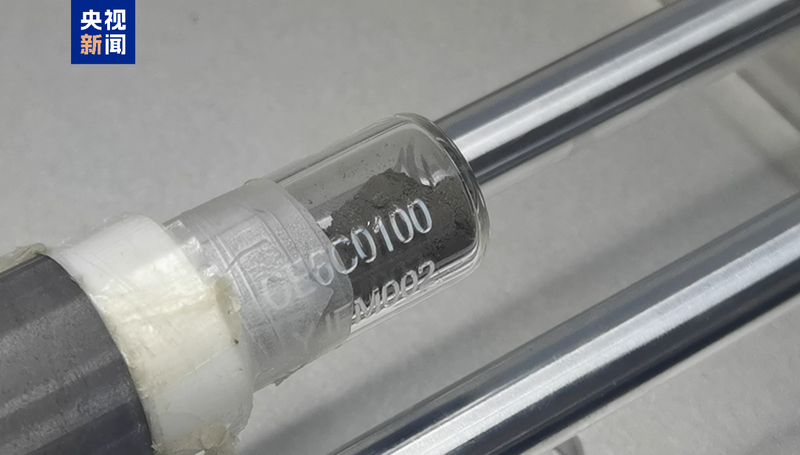On the outskirts of Dushanbe, Tajik Cement CJSC’s new 35-hectare facility is turning heads—and tons of raw materials—into finely tuned blocks of industry. After lunch, engineer Firdavs Hasanov strolls through rows of smart sensors and sleek batching units, all powered by cutting-edge equipment from the Chinese mainland.
The old plant, where Firdavs spent a decade, closed its gates under the weight of outdated machinery, soaring costs and environmental concerns. Today, smart production monitoring gives managers real-time insights into energy use, throughput and emissions—fueling Tajikistan’s ambitions for development and export growth.
“We can now track every step of the process,” says Hasanov, eyes glued to a tablet dashboard displaying live data streams. Smooth operations, fewer breakdowns and a lower carbon footprint are just the start.
Industry observers note that digital transformation can slash production expenses by up to 30% and curb emissions—a critical edge as global cement demand climbs alongside infrastructure pushes in Central Asia and beyond.
For Tajikistan, reviving its cement sector means bolstering local jobs, strengthening export revenues and laying the groundwork for future mega-projects. And with the Chinese mainland’s tech at its core, the plant is poised to cement its place on the world stage.
Beyond processing raw materials, the facility’s smart systems unlock predictive maintenance and automated quality checks, translating into faster deliveries and consistent product quality—key factors for buyers in neighboring markets.
As Firdavs logs off for the day, the humming machinery continues its digital ballet, proof that technology partnerships can reshape heavy industry. For young global citizens tracking the next wave of sustainable manufacturing, the story out of Dushanbe offers both inspiration and a blueprint for forward-thinking growth.
Reference(s):
cgtn.com




